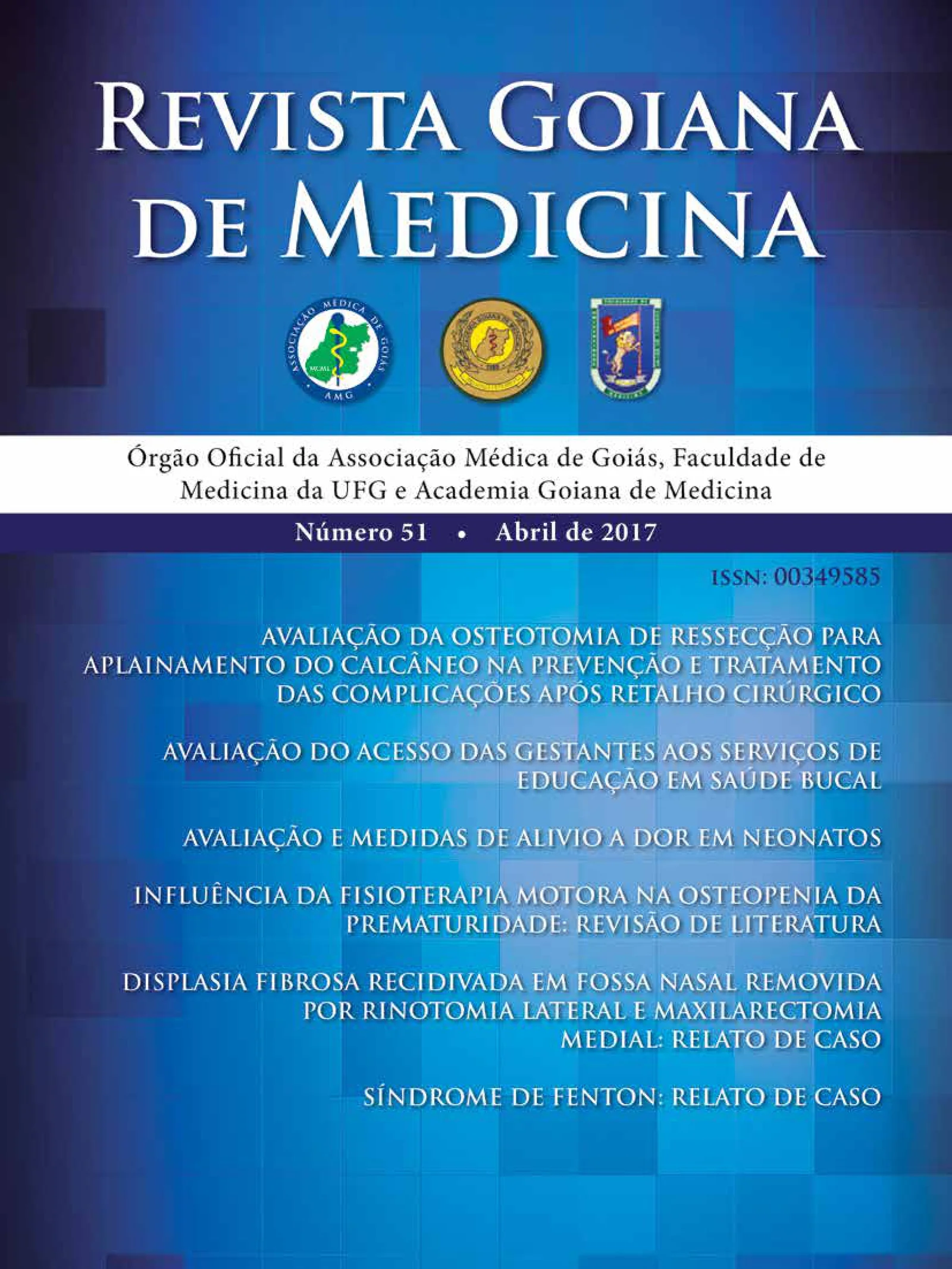Evaluation of access by pregnant women to education services in oral health
Keywords:
PREGNANT, ORAL HEALTH, DENTISTRYAbstract
Introduction: Prior knowledge of the pregnant woman about oral health is extremely important for the prevention of several problems for both mother and child. Objective: To evaluate the access of pregnant women to oral health education services in primary care services, quantifying the frequency of mothers who received guidance on oral health during pregnancy, as well as investigating the percentage that visited the dental surgeon during pregnancy
Method: Ecological cross-sectional study, with a retrospective and descriptive design. A data survey was carried out, based on all records of mothers (in the puerperium) of infants who are part of the hospital base, on file, attended by the Neonatal Dentistry Service, of a public maternity hospital in Goiânia-Goiás during the period from January of 2015 to December of 2016. All the registrations were included, with complete and / or partial registration of the anamnesis, which generated the item without information (SI) for the variables analyzed. Therefore, for each one a different number (valid registration) was obtained.
Results: The sample comprised 721 entries, however, as mentioned in the above method, for each analyzed item a total of valid records were found: 696 for ‘Oral Health Guidance’; 717 for “Origin of Prenatal; 477 for “Visit to the Dentist” and 282 for “If You Had a Dental Problem in Gestation”. It was verified that, 98.47% of the pregnant women underwent prenatal care (in the public / private service) and 93.97% did not receive guidance on oral health during pregnancy; 80.30% reported not having consulted with the dental surgeon during this period; 29.43% answered that they presented some type of dental problem; 59.41% came from the public service of Goiânia, 33% from other cities, and in smaller percentages they reported private origin, health plans or other institutions.
Conclusion: The access by the pregnant women to oral health education services was low or almost null and, on the contrary, the number of those who did not visit the dentist during this period was high.


